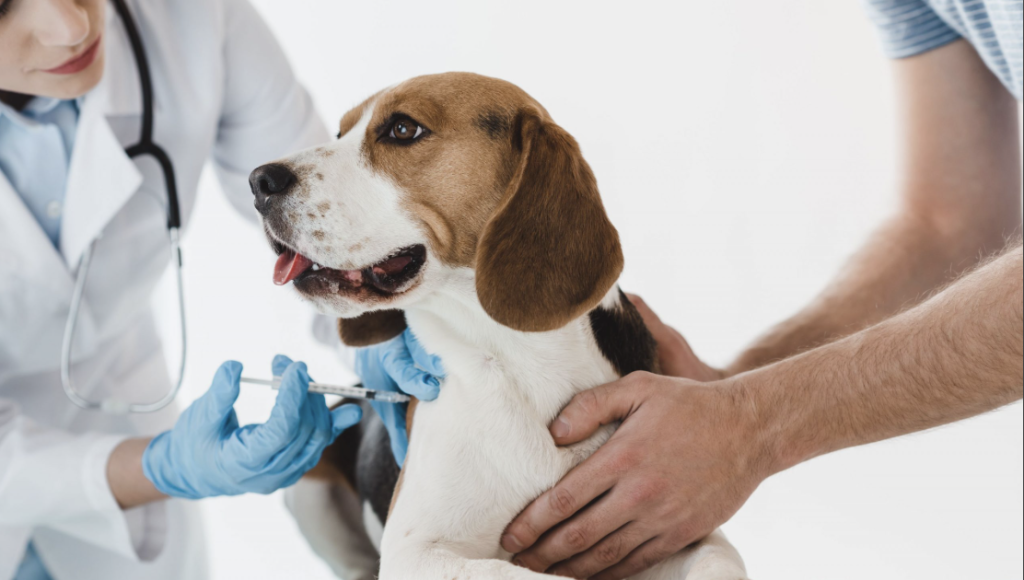The Benefits of Sterilizing Pets
Pet sterilization, including spaying and neutering, is an essential aspect of responsible pet ownership. It not only helps control pet overpopulation but also provides numerous health and behavioral benefits for both pets and their owners. In this article, we will explore the key advantages of sterilizing pets and why it is a recommended practice for pet owners worldwide.
1. Preventing Overpopulation
One of the primary reasons for sterilizing pets is to control their population. Each year, millions of unwanted animals end up in shelters, with many being euthanized due to a lack of homes. Spaying and neutering help prevent this issue by reducing the number of unplanned litters. This, in turn, reduces the burden on animal shelters and rescues, allowing them to focus on finding homes for existing animals.
2. Health Benefits of Sterilization

2.1. Reducing the Risk of Cancer
Sterilization significantly lowers the risk of certain types of cancer in pets. For female pets, spaying helps prevent uterine infections and mammary tumors, which are often malignant. For male pets, neutering reduces the risk of testicular cancer and prostate diseases, leading to a longer and healthier life.
2.2. Preventing Reproductive Complications
Unspayed female pets are at risk of developing a life-threatening condition called pyometra, an infection of the uterus that requires emergency surgery. Neutering male pets prevents issues such as testicular torsion and prostate enlargement, which can cause significant discomfort and health problems.
2.3. Extending Lifespan
Studies have shown that sterilized pets tend to live longer than their unsterilized counterparts. The reduction in the risk of reproductive diseases, infections, and injuries related to mating behaviors contributes to their overall well-being and longevity.
3. Behavioral Improvements

Sterilization not only benefits pets’ physical health but also improves their behavior, making them easier to manage and train.
3.1. Reducing Aggression
Neutered male pets are generally less aggressive, especially toward other animals. High levels of testosterone can contribute to territorial behavior and aggression, which are often reduced after neutering.
3.2. Decreasing Roaming and Escaping Tendencies
Unaltered pets, especially males, have a strong instinct to seek mates, leading them to roam and potentially escape from home. This behavior puts them at risk of accidents, fights, and getting lost. Sterilized pets are less likely to wander, making them safer and more secure.
3.3. Minimizing Marking and Spraying
Male pets, particularly cats and dogs, often mark their territory by spraying urine. Neutering significantly reduces or eliminates this behavior, leading to a cleaner and more pleasant living environment for pet owners.
4. Financial Benefits for Pet Owners

Sterilizing a pet can lead to long-term cost savings for pet owners.
4.1. Lower Veterinary Expenses
Preventing reproductive-related health issues reduces the likelihood of expensive emergency treatments and surgeries. Conditions such as infections, tumors, and injuries from fights can be costly to treat, making sterilization a cost-effective preventive measure.
4.2. Reduced Costs of Caring for Unexpected Litters
Raising newborn puppies or kittens requires significant time, effort, and financial resources. Sterilization eliminates the risk of unplanned litters, saving pet owners from additional expenses related to food, vaccinations, and medical care for multiple animals.
5. Addressing Common Myths About Pet Sterilization
Despite the well-documented benefits, some pet owners hesitate to sterilize their pets due to misconceptions. Let’s address a few common myths:
5.1. “Sterilized Pets Become Overweight”
While metabolism may slow slightly after sterilization, obesity is primarily caused by overfeeding and lack of exercise. With a proper diet and regular activity, sterilized pets can maintain a healthy weight.
5.2. “Sterilization Changes a Pet’s Personality Negatively”
Sterilization does not negatively alter a pet’s personality. Instead, it reduces undesirable behaviors like aggression, marking, and roaming while maintaining their affectionate and playful nature.
5.3. “My Pet Should Have One Litter Before Being Sterilized”
There is no medical benefit to allowing a pet to have a litter before sterilization. In fact, early spaying and neutering (before the first heat cycle) offer more significant health benefits, such as a lower risk of mammary cancer in females.
6. When to Sterilize a Pet
The ideal time for sterilization varies depending on the species and breed. Veterinarians typically recommend:
- Dogs: Between 6 to 9 months old, though larger breeds may benefit from waiting until they reach full maturity.
- Cats: Around 4 to 6 months old, before they reach sexual maturity.
- Rabbits and other small pets: Between 4 to 6 months old, based on veterinary recommendations.
Consulting a veterinarian ensures that sterilization is performed at the right age for optimal health benefits.
7. How to Care for a Pet After Sterilization
After surgery, pets require special care to ensure a smooth recovery. Here are some essential tips:
- Keep your pet in a quiet, comfortable place to rest.
- Prevent excessive movement to avoid reopening the incision.
- Monitor the incision site for signs of infection, such as redness, swelling, or discharge.
- Follow the veterinarian’s instructions regarding food, medication, and follow-up visits.
- Use an Elizabethan collar (cone) if necessary to prevent licking or biting at the stitches.
Conclusion
Sterilizing pets is a responsible and beneficial decision that enhances their health, improves behavior, and contributes to reducing pet overpopulation. The procedure offers long-term advantages for both pets and owners, making it an essential aspect of animal care. By choosing to spay or neuter, pet owners help create a healthier and more sustainable environment for companion animals worldwide.
Read more:

